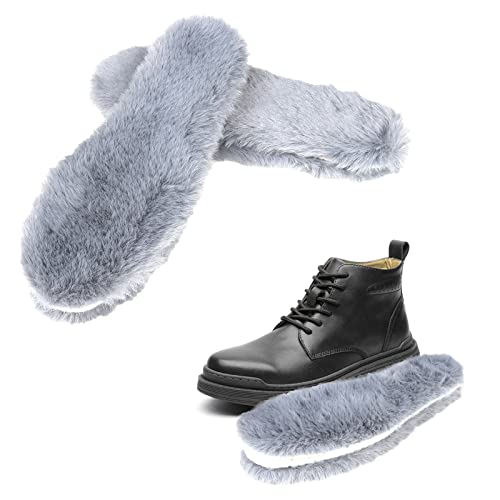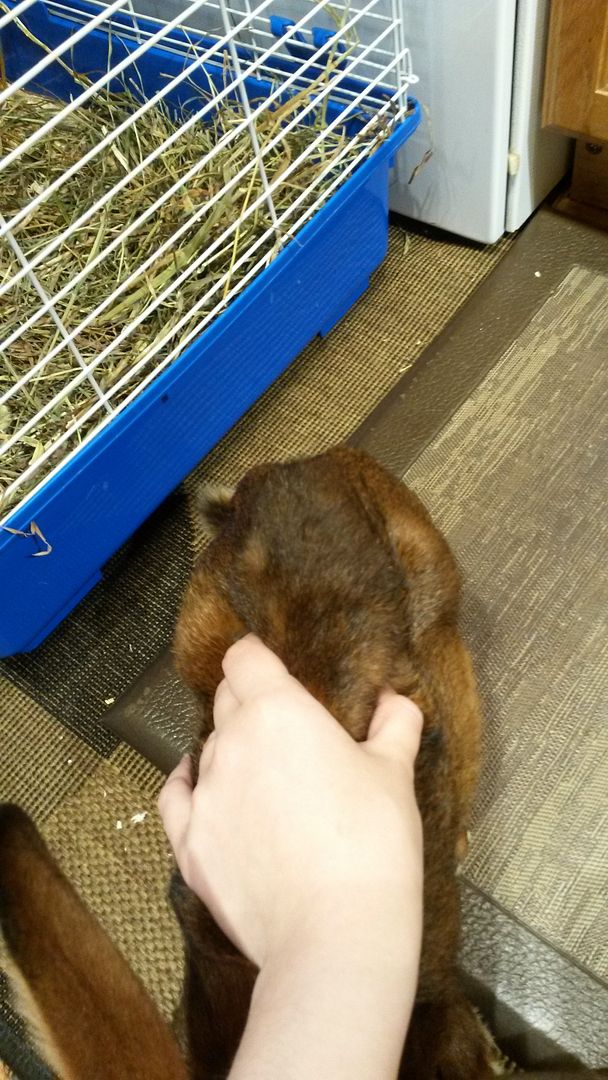GBov
Well-known member
I have pictures but I cant post them till the weekend when my brother is here to show me. Its the new camera phone dealie and its really new to me.
But I will describe what I am seeing as well as I can.
It starts with black poo smeared on the back end and hair loss on the tail.
Most of the poo looks normal but its mixed in with black runny poo and small hard black bits of poo.
Then the rabbit starts loosing weight, despite continuing to eat and drink as normal.
Then the hips and back legs get stiff so the rabbit stops moving around.
By now the weight is dropping off like wax on a lit candle.
Then, despite its still eating, drinking and looking interesting in life, the rabbit dies.
When I opened one up I found bright pink lungs, kidneys that looked normal, liver that looked normal except one lobe which was a lighter color, rather reddish in fact. Large intestine was dark green and really big, stomach was a pasty white and very small, small intestine had sections full of green bile looking stuff and the hole things smelt very bad. NOT a normal inside rabbit smell at all but a nasty bitter stink.
Two rabbits have died from this thing and three more are showing symptoms. One is, of course, the best buck in the herd.
Please if this sounds like anything y'all know, please let me know!
These rabbits are our 4H herd so the kids are starting to get really freaked out about it.
But I will describe what I am seeing as well as I can.
It starts with black poo smeared on the back end and hair loss on the tail.
Most of the poo looks normal but its mixed in with black runny poo and small hard black bits of poo.
Then the rabbit starts loosing weight, despite continuing to eat and drink as normal.
Then the hips and back legs get stiff so the rabbit stops moving around.
By now the weight is dropping off like wax on a lit candle.
Then, despite its still eating, drinking and looking interesting in life, the rabbit dies.
When I opened one up I found bright pink lungs, kidneys that looked normal, liver that looked normal except one lobe which was a lighter color, rather reddish in fact. Large intestine was dark green and really big, stomach was a pasty white and very small, small intestine had sections full of green bile looking stuff and the hole things smelt very bad. NOT a normal inside rabbit smell at all but a nasty bitter stink.
Two rabbits have died from this thing and three more are showing symptoms. One is, of course, the best buck in the herd.
Please if this sounds like anything y'all know, please let me know!
These rabbits are our 4H herd so the kids are starting to get really freaked out about it.































